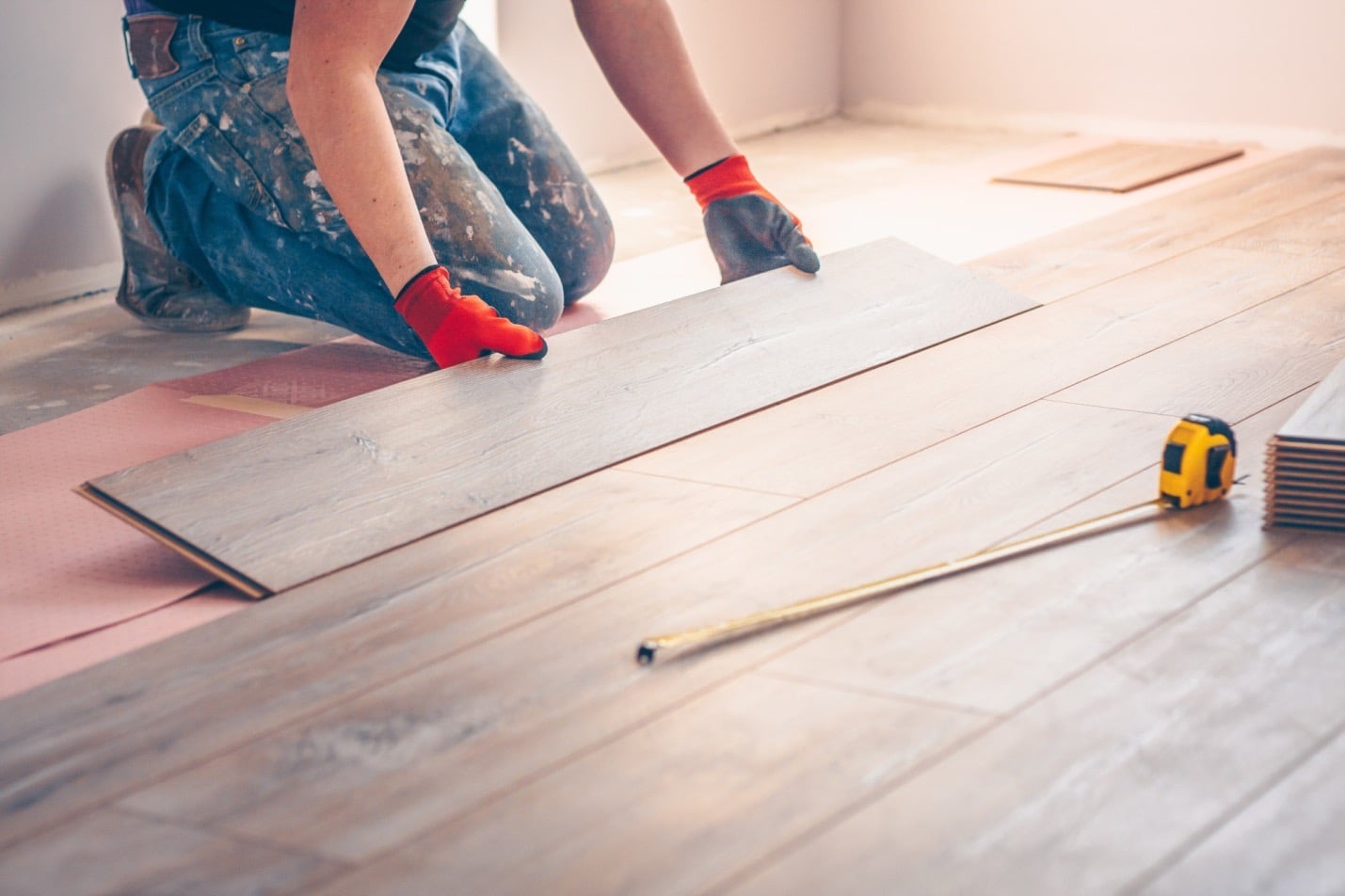The world of coatings is very technical and complex – there is a lot of information you need to know before starting a project of reinstalling flooring. And it is common to feel insecure and not knowing where to begin amid a whirlwind of things that must be resolved when you have work!
- Make A Plan
Any action we take in our life has to be planned, or at least it should be. The time of purchase of coverings cannot be different. A situation that I always see happening is the client hiring the labor, scheduling the day for the installation of materials, and getting desperate because he hasn’t bought anything installed yet.
At this point, the actual race against time begins, and they end up buying everything ready to deliver or with the shortest possible deadline so as not to let the mason stop, with the risk of delaying the work. Generally, the most specific and personalized materials are not easily found ready to deliver. Depending on the material and supplier, the period varies from 7 to 120 days. So, plan yourself! Remember that finishes are essential to customize your project and make it the way you’ve always dreamed.
It’s no use investing in suitable quality cladding if your bricklayer doesn’t know how to install it. That professional who “does everything” is not always a good option. Many materials need a specialized person for installation in a job, such as burnt cement, vinyl floors, tiles, large format porcelain tiles, etc. Ask for recommendations from friends who have already carried out works or hire companies recommended by the professional who designed your project and who will manage your career.
- Understand The Difference Between A BOLD And RECTIFIED Floor
- Bold: are porcelain or ceramic tiles with a rounded edge. When installing aggressive products, it is necessary to leave a 3 to 8 mm spacing between one piece and another, depending on the model purchased.
- Rectified: they are porcelain or ceramic with a straight edge. Once produced, this material is cut with a high degree of precision. It is the most used type today, as the grout is spaced 1 to 2 mm. Many people want a porcelain tile with a dry joint and install the floor without any spacing. If it is not a recommendation from the manufacturer, this can lead to problems on the job.
- Identify The Textures Of The Porcelain Tiles
Depending on the environment in which you will apply the floor, choosing the correct porcelain tile is essential. First, we explain which are the most used:
- Matt porcelain: it is a strong trend in today’s decoration. It has no shine and can be used in all indoor environments.
- Polished porcelain: it has a smooth and shiny surface. Suitable for indoor areas such as living rooms, bedrooms, hallways, and kitchens. Pay attention when lining wet areas such as bathrooms. They are more slippery.
- Rustic textured porcelain: it has a non-slip surface. It is suitable for outdoor environments, uncovered and in direct contact with water, such as areas with swimming pools, garages, ramps, sidewalks, and staircases.

